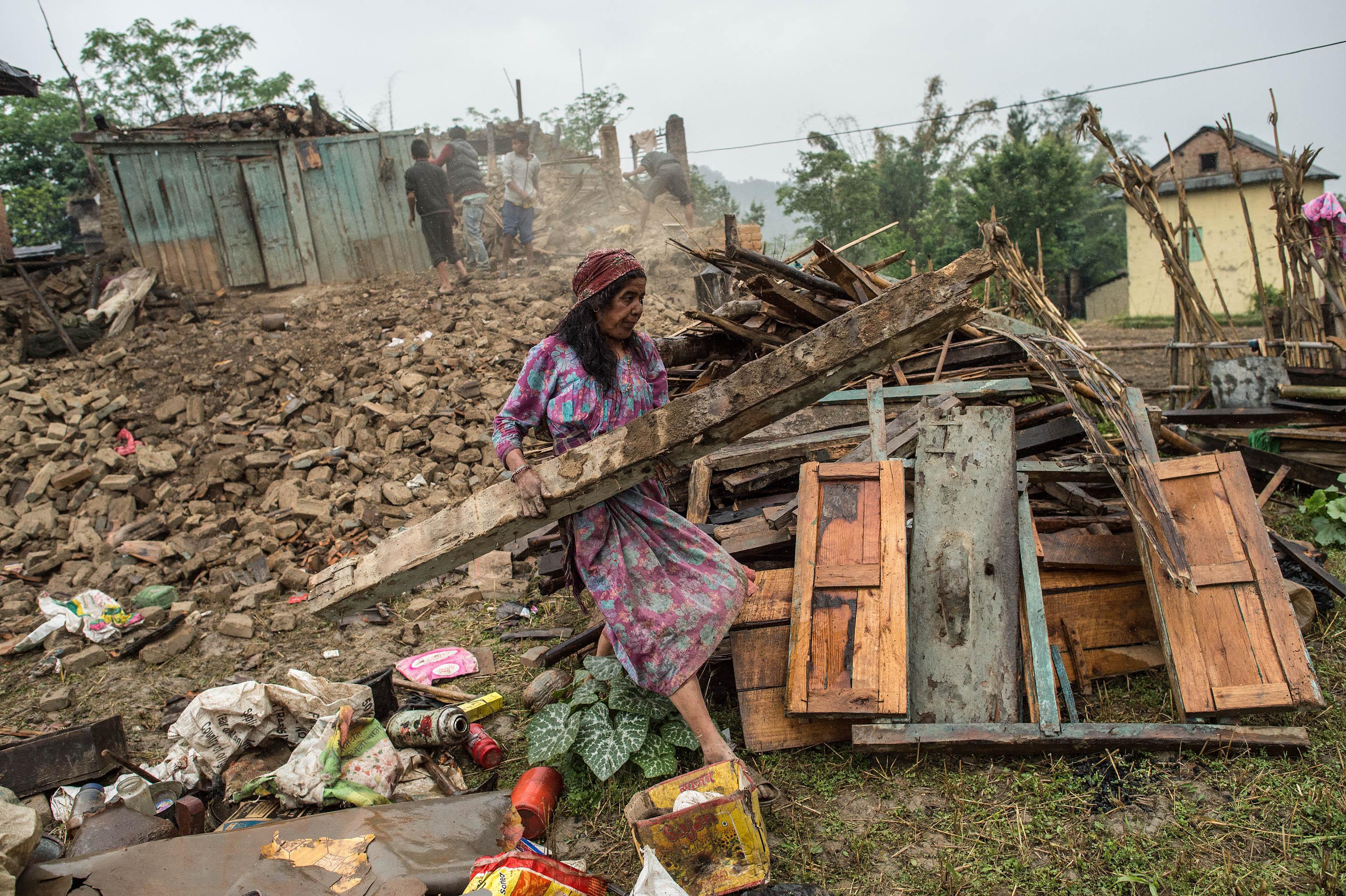Horrifying as it was, the earthquake the devastated Nepal last weekend was not a surprise. Experts had been warning for years of the potential for catastrophe in the rapidly urbanizing Kathmandu valley, where 6,000 new concrete houses were being constructed every year, most without any earthquake-proofing despite a history of deadly quakes including one in 1934 that killed 17,000 people.
It’s true that Nepal’s efforts to address the risk were hampered by economic distress, years of war, and decades of political dysfunction, but Kathmandu is not the only rapidly growing city living on borrowed time. The U.S. Geological Survey estimates that there is a 30 to 60 percent chance of a magnitude 7 or greater earthquake hitting Istanbul in the next 25 years, for instance. A 7.6 magnitude quake in the much smaller city of Izmit in 1999 killed more than 17,000 people.
The latest major quake has also highlighted the risk to New Delhi, a city of 16.7 million people where an estimated 9 out of 10 buildings are at risk for earthquake damage.
But disaster preparedness, especially in places where earthquakes don’t occur frequently, is a tough sell politically. Istanbul residents were understandably hostile to a government program to relocate them from ramshackle condemned buildings to new, but smaller, apartments. And in booming megacities in the developing or even the developed world, disaster preparedness tends to get pushed down a very long list of urban priorities.
How to think about disaster risk and how better to communicate it is the topic of The Dynamics of Disaster, a recent book by geologist Susan W. Kieffer. Taking inspiration from historian Will Durant’s famous quote, “Civilization exists by geological consent, subject to change without notice,” Kieffer, a professor emerita at the University of Illinois and author of the Geology in Motion blog, is interested in how societies choose to manage risk in an era of increased exposure to natural disaster.
“The rate of disasters is increasing because we’re crowding more and more people into more and more vulnerable places,” she says. Yes, some natural disasters aren’t entirely natural, such as droughts caused by climate change or earthquakes caused by fracking. But even aside from those, there would still be more costly disasters in the years to come merely because in a world of 7 billion people projected to grow to 9 billion if not more, there are a lot more people living and a lot more buildings constructed in at-risk areas.
Much of the book focuses on Japan, a country that has long faced the challenges associated with a large population crowded into an area of intense geological risk. There are lessons to be learned from how the country has mitigated that risk, she says, such as their early alert system and strict building codes. But even the Japanese have made a conscious choice to live dangerously at times. The Fukushima Daiichi nuclear plant was built on land that was a well-known tsunami risk zone, for instance. And now, the government is aiming to begin restarting the country’s nuclear reactors in June—they’ve been closed since the 2011 Fukushima tsunami caused several to melt down—arguing that they’re a necessity for economic growth.
It’s not politically or economically realistic to expect society to simply abandon high-risk areas. As Kieffer notes, the U.S. is rebuilding New Orleans after Katrina just as it rebuilt San Francisco after the 1906 earthquake despite the near certainty that similar disasters will at some point strike again. But steps can still be taken to minimize in disaster risk in construction and planning.
“One of the things we need to do is team up scientists and policymakers,” Kieffer says. “Often it’s a case of merely enforcing regulations that are already on the books.” As a positive example, Kieffer points to a recent earthquake plan devised by the city of Los Angeles in cooperation with the U.S. Geological Survey. This is obviously tougher to do in rapidly growing developing world cities, where public resources are more scarce and development of new areas often less planned.
What makes such interactions difficult is that despite increased understanding of earthquakes, it’s still nearly impossible for geologists to pinpoint when a devastating earthquake will occur. This dynamic was illustrated starkly in L’Aquila Italy in 2012, when seven scientists were convicted of manslaughter for failing to warn of the 2009 earthquake that killed more than 300 people and devastated the city. The experts had been called in before the quake to offer expertise on whether a series of small tremors indicated that a large quake was imminent and, in the words of the court, gave “inexact, incomplete and contradictory information.” The conviction was eventually overturned, but Kieffer suggested it could have a “chilling effect,” discouraging other scientists from engaging in the dicey business of earthquake prediction.
“When you’re dealing with a big rare event, it’s very difficult to pin down a specific forecast,” she says. This means scientists are all too often ignored before such an event occurs, and blamed afterwards.
